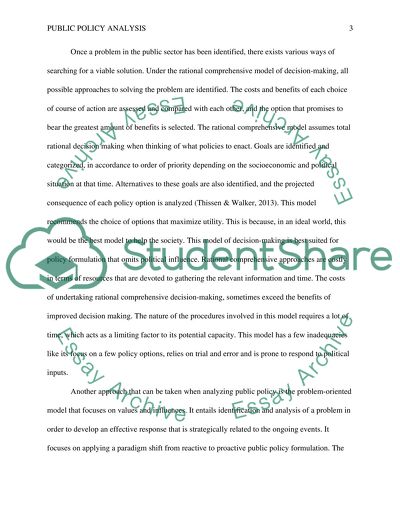Cite this document
(“Public policy analysis Essay Example | Topics and Well Written Essays - 1500 words”, n.d.)
Retrieved from https://studentshare.org/history/1470815-public-policy-analysis
Retrieved from https://studentshare.org/history/1470815-public-policy-analysis
(Public Policy Analysis Essay Example | Topics and Well Written Essays - 1500 Words)
https://studentshare.org/history/1470815-public-policy-analysis.
https://studentshare.org/history/1470815-public-policy-analysis.
“Public Policy Analysis Essay Example | Topics and Well Written Essays - 1500 Words”, n.d. https://studentshare.org/history/1470815-public-policy-analysis.


